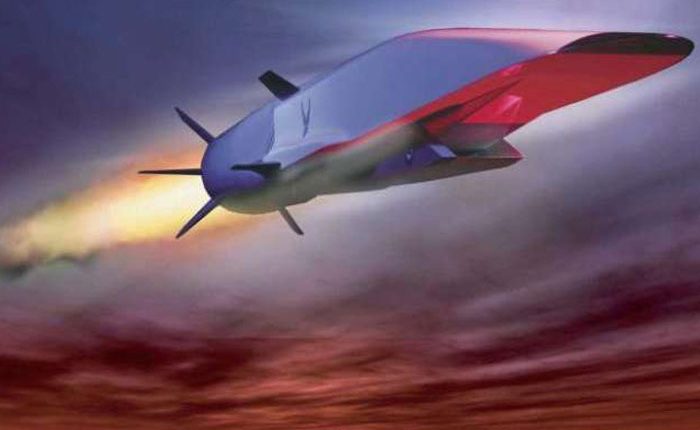Supersonic combustion engine stability and life span enhanced
Chuck Yeager strapped himself into a rocket-powered airplane in 1947 and flew faster than the speed of sound, becoming the first person to break the sound barrier. Twenty years later, William J. Knight set a world-record flight speed of Mach 6.72—or 6.72 times faster than the speed of sound, which remains unchallenged to this day for manned airplanes.
Not surprisingly, traveling at supersonic (Mach greater than 1) or hypersonic (Mach 5 or greater) speeds takes a toll on an aircraft’s engine. By using the fast airflow to induce combustion and propel the plane, damaging vibrations are created within the engine.
Ivan Bermejo-Moreno, assistant professor in the Department of Aerospace and Mechanical Engineering at the USC Viterbi School of Engineering, has developed computer simulations of airflow within a supersonic combustion engine, known as a scramjet, to enhance its life span and structural stability.
“This research can impact the future of aerospace transportation,” Bermejo-Moreno said. “The development of reliable and accurate predictive capabilities to simulate this type of flow enables us to explore the underlying controlling mechanisms and to optimally design [scramjets] at a reduced cost compared with [physical] experiments.”
A turbulent summer
This past summer, Bermejo-Moreno took part in a biennial program held by Stanford University’s Center for Turbulence Research (CTR), where researchers from around the world collaborated on a variety of turbulence-related projects. During the month-long program, Bermejo-Moreno was one of five participants invited to give a tutorial presentation. His talk focused on compressible, turbulent flows at high speeds, a topic his collaboration team was studying.
Working with Anne-Marie Schreyer of the Braunschweig University of Technology in Germany, CTR Senior Research Engineer Javier Urzay and CTR postdoctoral fellow Jeonglae Kim, Bermejo-Moreno and his team investigated methods to control hypersonic airflow at the inlet of a scramjet to reduce damage to the engine walls.
“At those high speeds, air and other gases can be largely affected by their compressibility and experience departures from our common experience in low-speed flows,” Bermejo-Moreno said.
For example, at these speeds, regions of abrupt changes in air properties, like pressure, can develop. These thin regions, known as shock waves, interact with turbulent airflow occurring along the interior walls of the engine and create vibrations that could compromise the structural integrity.
Shock waves
By adding micro-ramps, or small protrusions along the engine wall, they could control the interaction between turbulent airflow and shock waves and minimize engine damage. ”
Arrays of micro-ramps deployed along the wall to perturb the flow have been previously shown experimentally to reduce the flow separation induced by the shock waves,” Bermejo-Moreno said.
More information: TechXplore

